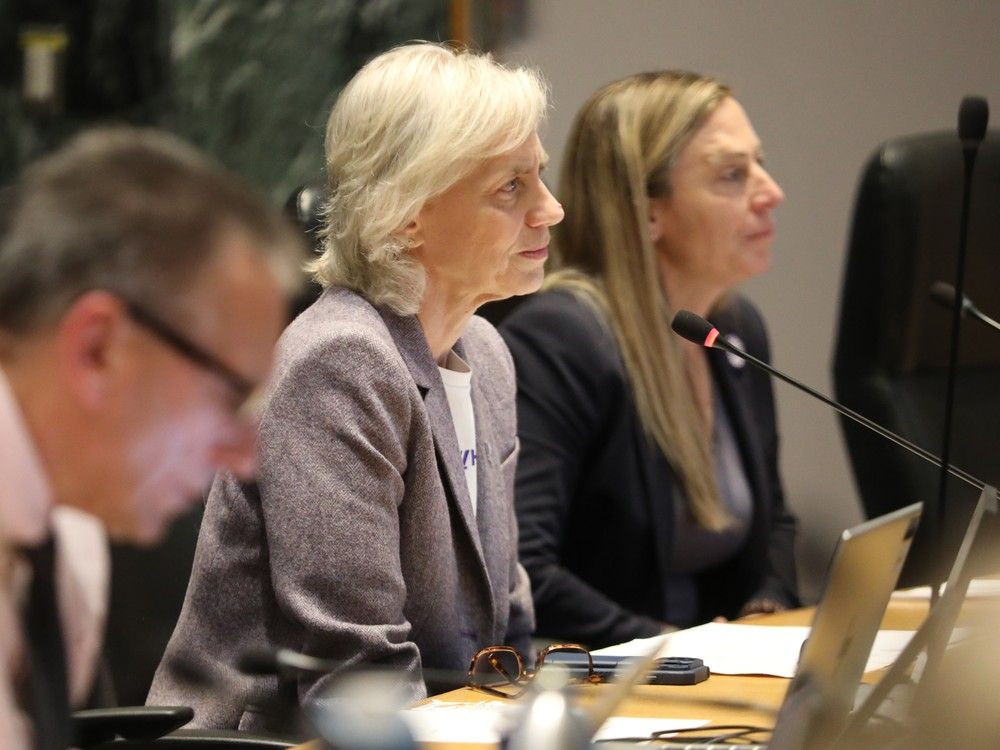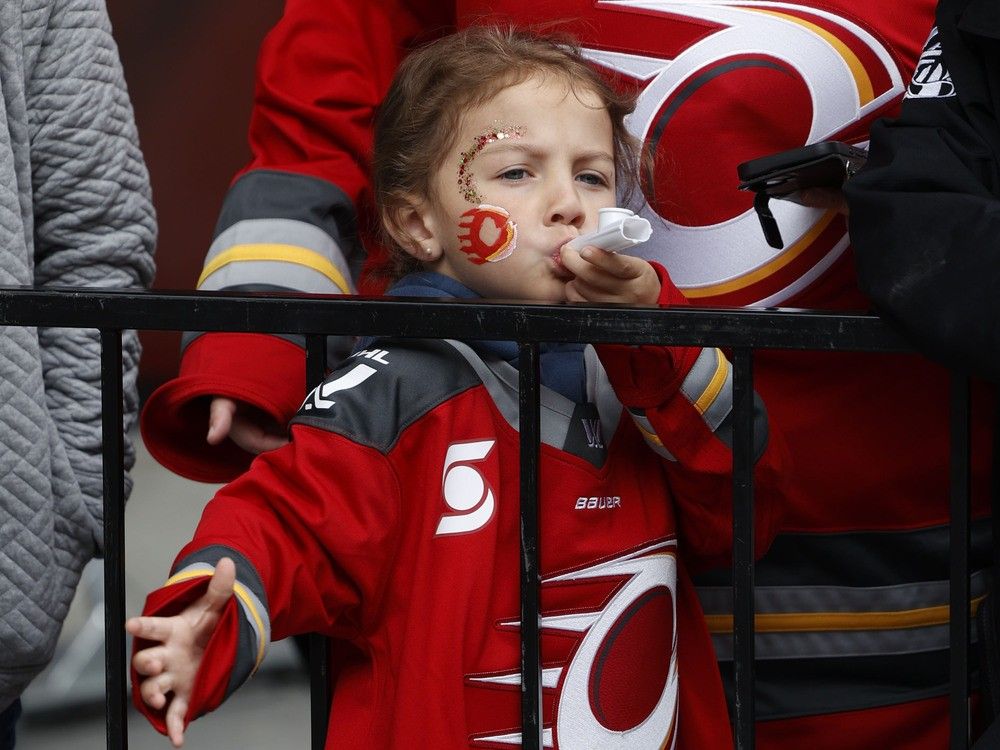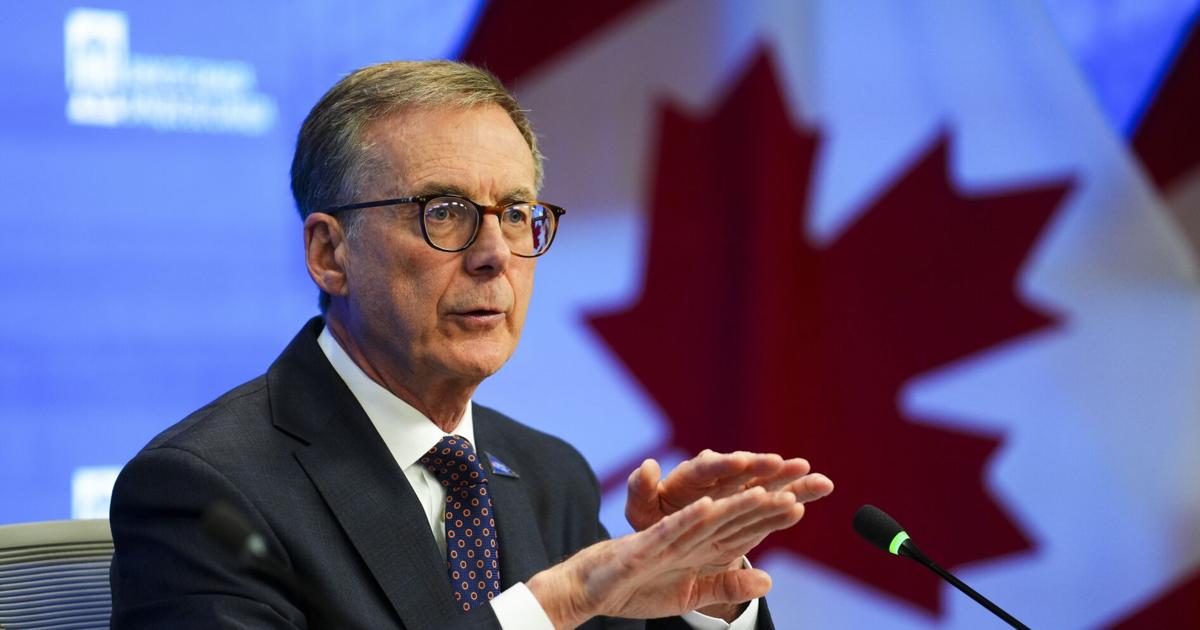The future of women’s hockey at Lansdowne — and perhaps in Ottawa — became the flashpoint of the Lansdowne 2.0 public forum at city hall, after Jayna Hefford and Amy Scheer, executive vice-presidents of hockey and business operations for the PWHL, told councillors that the proposed arena is
simply too small
to sustain the Ottawa Charge’s momentum.
That shouldn’t have come as news to the mayor and 11 councillors who compose the Finance and Corporate Services committee, the body charged with listening to the 88 delegates registered to speak. The new arena, after all, will hold about 2,000 fewer fans than the current one, fewer than the team averaged at home games last season. Meanwhile, the league has been
full-throated in its opposition
to the plan since the city clumsily dropped the latest Lansdowne 2.0 report — perhaps the final one — on Oct. 20.
What was surprising was the pair’s contention that the league had previously raised concerns with OSEG about the arena’s capacity, only to be told those discussions could happen later.
“Whenever OSEG asked us to endorse the project or come and speak in support, we’ve done it every time,” said Hefford. “All the while, OSEG continually told us there would be a proper time to discuss arena capacity. OSEG used our support to help get the project to this stage, with promises that one day our main concern around capacity would be addressed. The last straw came last week when the mayor and OSEG presented the final plan, and it was clear to us at that point that those discussions would not occur.”
“We were told, ‘Come and support the project,’” recalled Scheer. “‘If you don’t support the project, we do not think it will get past this phase,’ and we were specifically told capacity would be discussed at a later date. So being the good kids, the New Kids on the Block, 100 per cent yes, we supported the project.”
When asked which of the two options the team would prefer — to move into a new, but smaller arena, or continue to play its games in the decaying 59-year-old TD Place Arena with repairs and accessibility improvements — Scheer chose the latter.
The city appeared prepared to counter the league’s delegation. City Manager Wendy Stephanson had already sent a memo to council saying that adding 2,000 seats to the proposed arena, “which has no proof of viability on this site,” would cost an additional $80 to $100 million. Stephanson also included correspondence from OSEG president and CEO Mark Goudie suggesting that arena capacity concerns were not raised by the league before this year and that during the current lease-extension negotiations, the league said the arena size was “something we will need to work around.”
Now, if proof of viability is the gold standard, it’s doubtful either Lansdowne 1.0 or 2.0 would ever have been built. But let’s stick to hockey — and how the city heard what it wanted to hear.

Hefford and Scheer said they wanted a seat at the table. They certainly got one — a hot seat, at least. A few committee members — most notably Barrhaven West Coun. Cathy Curry and Orleans West-Innes Coun. Laura Dudas — took them to task, not about the arena itself, but about the PWHL’s ownership. Both zeroed in on the fact that the league is owned and financed by American multibillionaire Mark Walter, who also owns the Los Angeles Dodgers.
“Why,” asked Dudas, “is the league now demanding public subsidies from a municipal partnership to offset costs previously agreed to?”
But the Charge isn’t lobbying for subsidies; it’s trying to stay where it’s built up a fan base. “Nobody wants to leave Ottawa,” Scheer said. Dudas’s question might better have been posed to OSEG partner Roger Greenberg.
Meanwhile, after Scheer spoke of the financial challenges of moving into a smaller arena, Curry replied, “I guess I thought when the PWHL was created, it was about women’s sport,” as though women’s professional sports shouldn’t be tainted by anything so crass as money, unlike, you know, men’s sport.
Mayor Mark Sutliffe also joined the offensive, seizing on Scheer’s admission that, because the current collective bargaining agreement with players only extends to 2031, the league is unable to commit to anything beyond that. “So, realistically,” Sutcliffe said, “if we were to spend as a city a whole lot more money to build a bigger arena … There’s a chance you could outgrow that arena, number one, and number two, you would not be able to commit to being in that arena past 2031.”
OSEG, the mayor might remember, has only committed to keeping the Redblacks and 67’s in town until 2032.
I wonder how all of this might have played out if OSEG owned the Charge. As it stands, though, what’s good for the gander doesn’t appear to necessarily be what’s good for the goose.
Speaking to media following the PWHL’s delegation (at which he hinted that OSEG might soon announce an extension to its 2032 commitment), the mayor fairly pointed out that the PWHL is simply negotiating a lease that allows it to stay at Lansdowne. Referring to Scheer’s hope to find in that deal about $1 million to bring the sides together, Sutcliffe’s contention that “I don’t think the people of Ottawa would support giving a billionaire in Los Angeles a million dollars a year so that the Charge keep playing in Ottawa” is hypocritical.
Sutcliffe also pointed out that the Charge is merely one tenant of many at Lansdowne. To give them the “seat at the table” that they’re asking for, he said, would be unfair to the many other tenants.
But let’s not forget the unique vibe that the Charge brings to Ottawa. Sports teams of all kinds typically generate civic pride, but the pure and inclusive joy evident at Charge home games is on a completely different level. It’s an exuberance not dissimilar to the feelings I saw on many faces when Justin Trudeau was sworn in as prime minister in 2015 — and again when he was sworn out a decade later.
The team, Sutcliffe notes, could move to the Canadian Tire Centre, or perhaps to LeBreton Flats whenever that arena gets built. Either way, the city seems intent on giving the Charge — the most exciting thing to hit Ottawa in years — every reason to go somewhere else.
Related
- PWHL’s Lansdowne capacity concerns ‘ignored’ by City of Ottawa, league says
- PWHL says it didn’t get place at the table to negotiate larger Lansdowne arena



